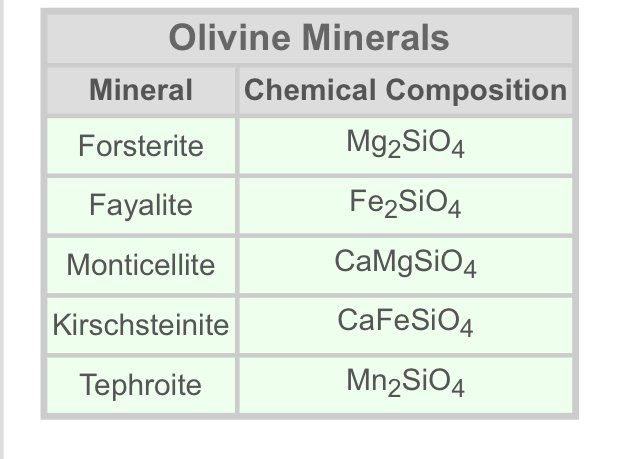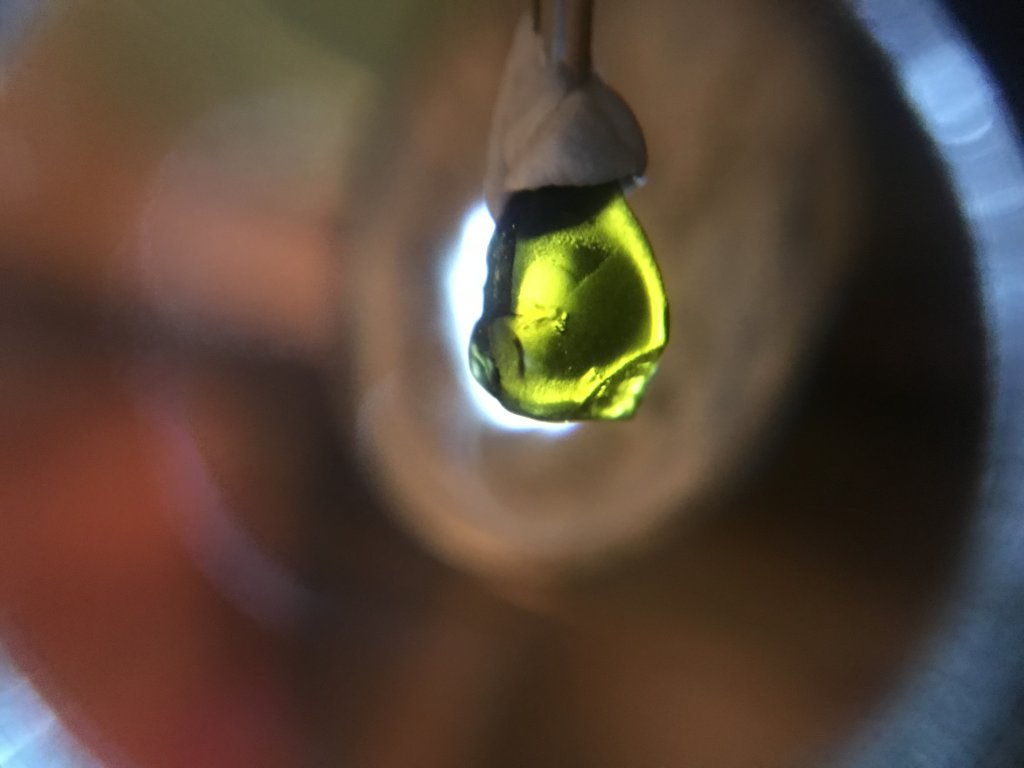MartyZ popped over and we re-photographed one of the 'cocoons' to provide a close up of the crystals, plus a different pebble with a crystal. Added a small stone which is very pleochroic as Goldierocks described earlier, three different angles of the same stone.
There was a piece of Tourmaline in the mix of stones MartyZ brought over, very distinguishable and totally opaque to any light. The Tourmaline came from the same creek wash and though looked the same dark colour, was quite clearly a different mineral when examined in more detail.
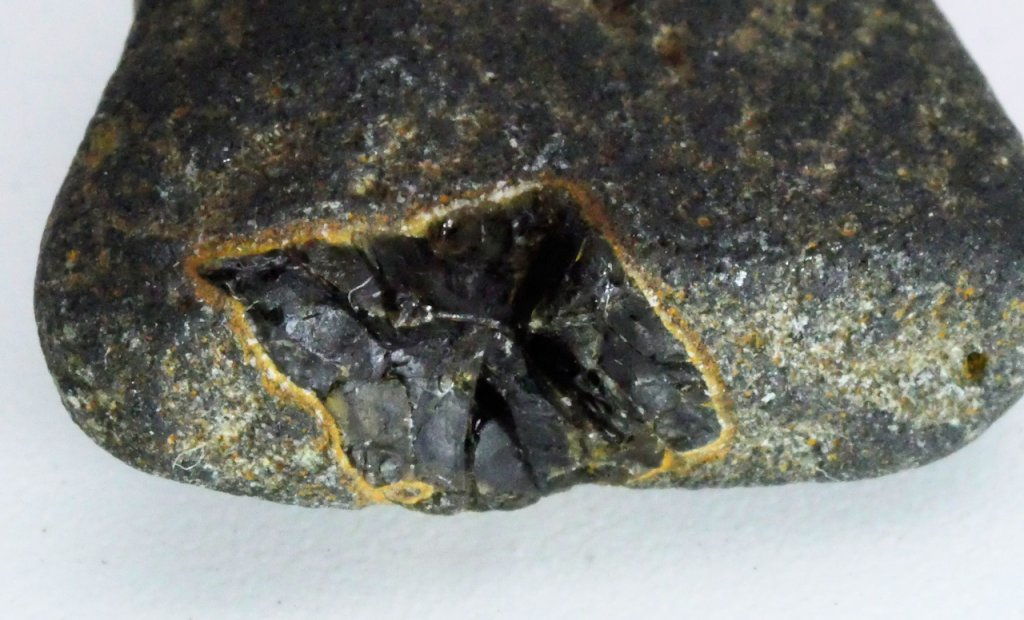
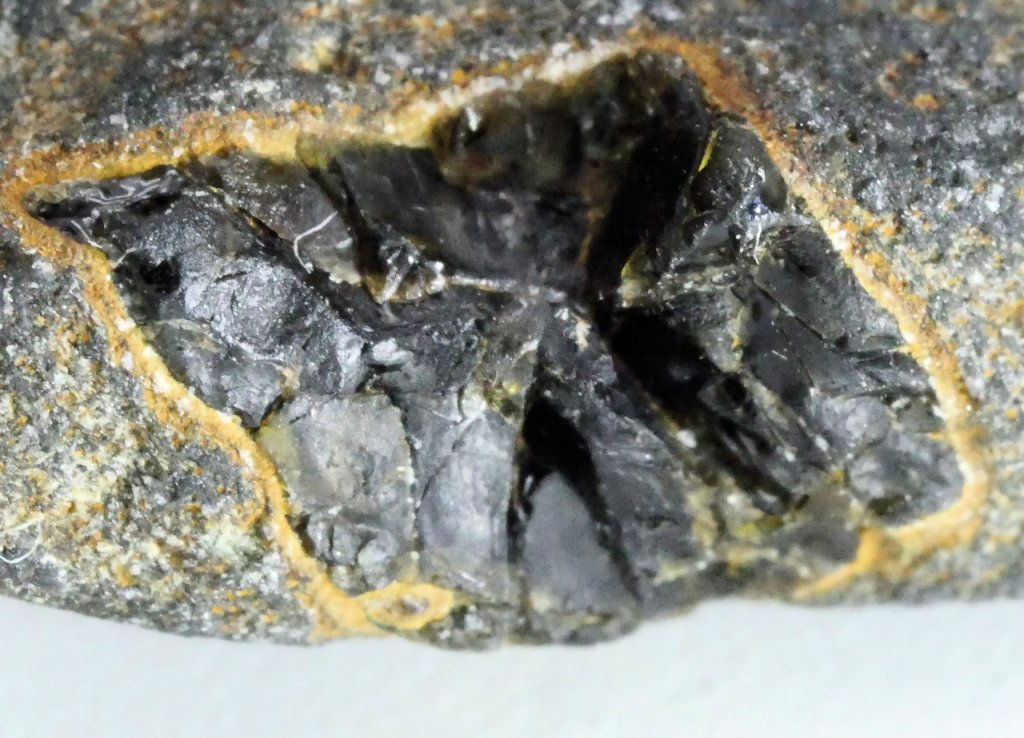
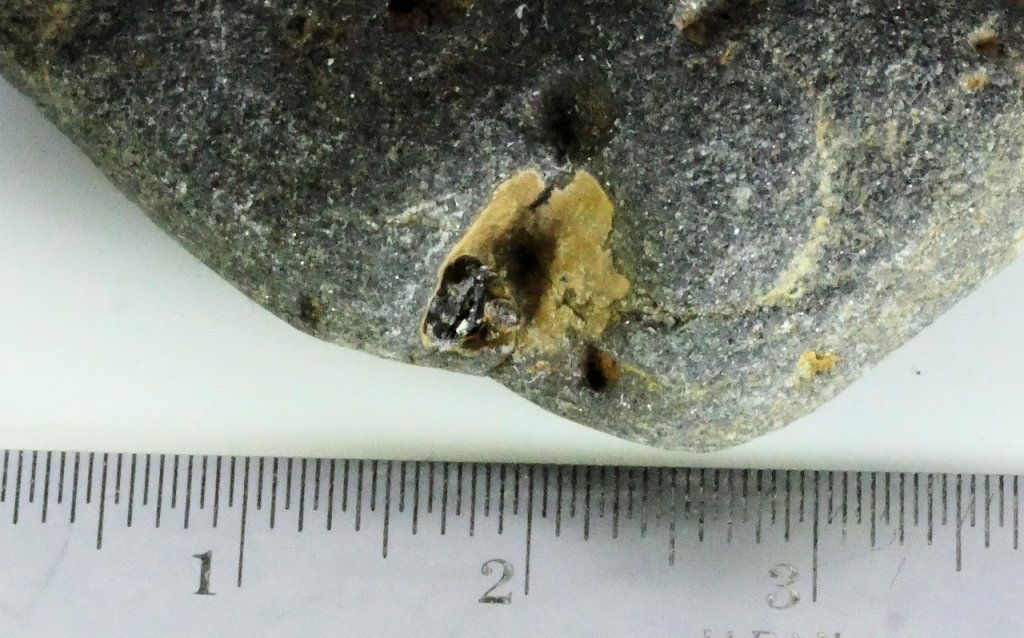
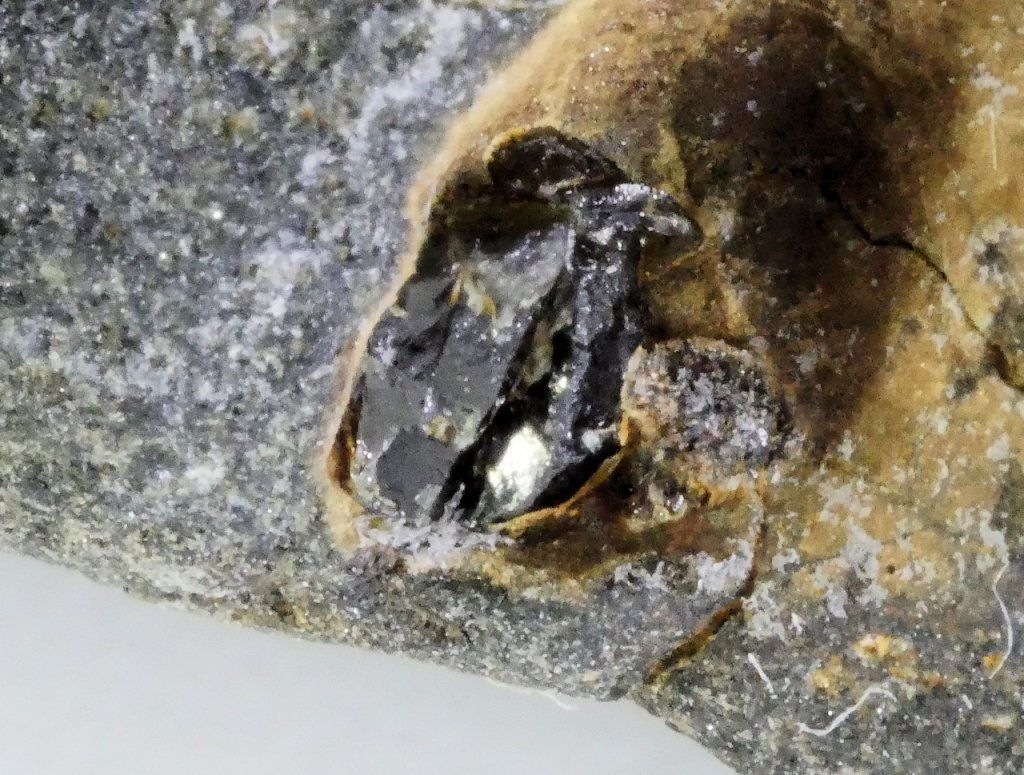
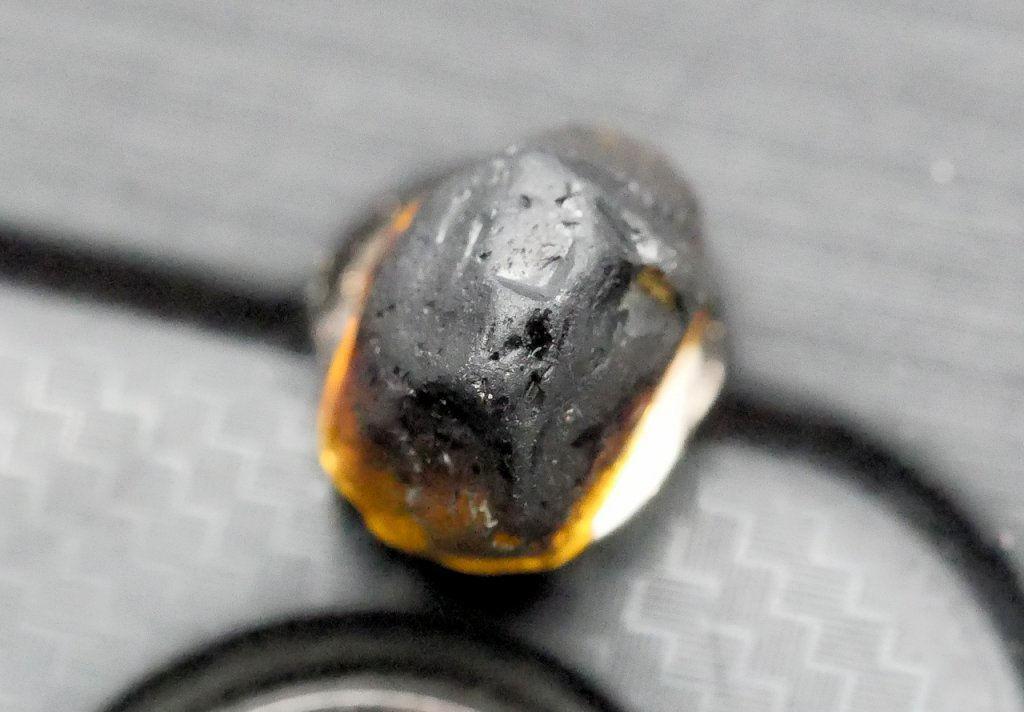
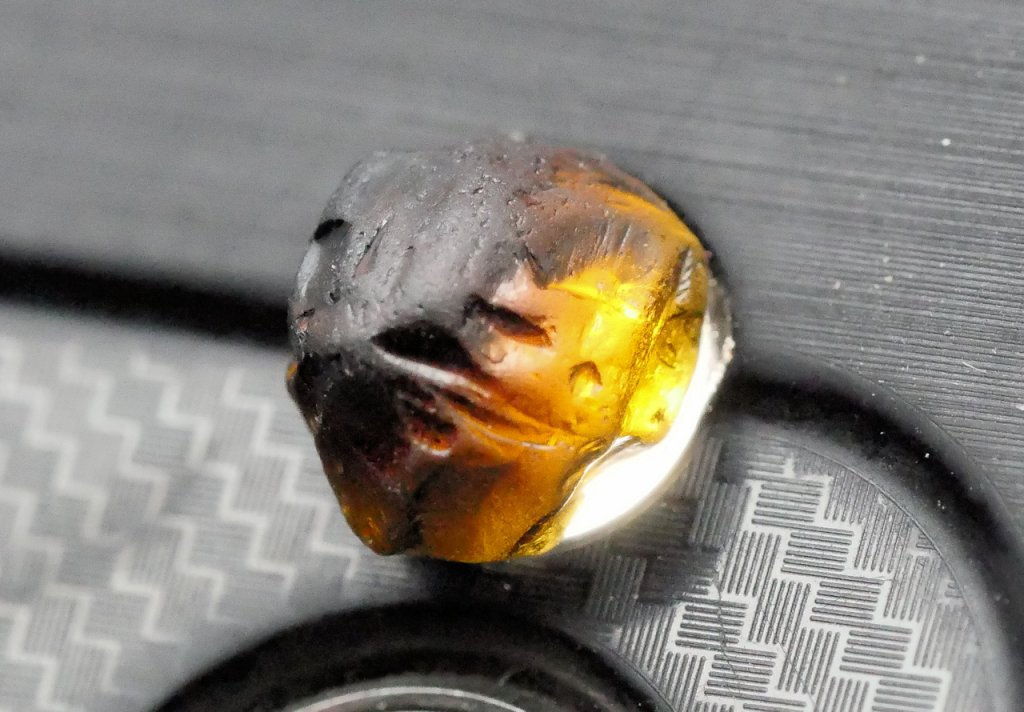
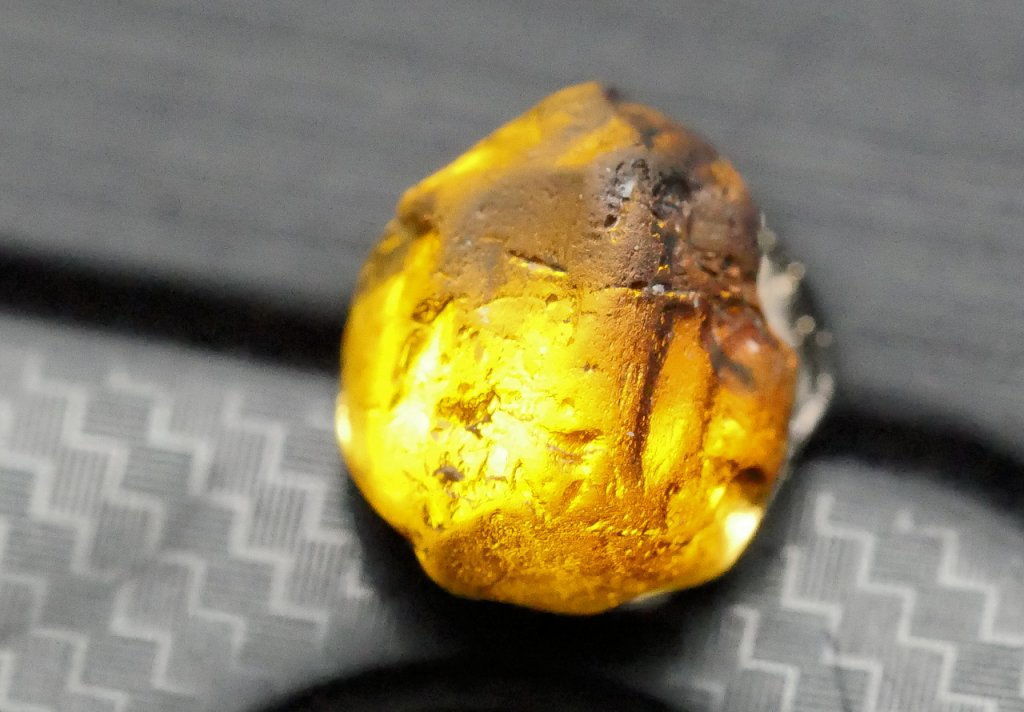
To get much more detail I'd need to find a microscope as this is about the limit of what my camera can do without getting extension tubes/bellows etc
There was a piece of Tourmaline in the mix of stones MartyZ brought over, very distinguishable and totally opaque to any light. The Tourmaline came from the same creek wash and though looked the same dark colour, was quite clearly a different mineral when examined in more detail.







To get much more detail I'd need to find a microscope as this is about the limit of what my camera can do without getting extension tubes/bellows etc





